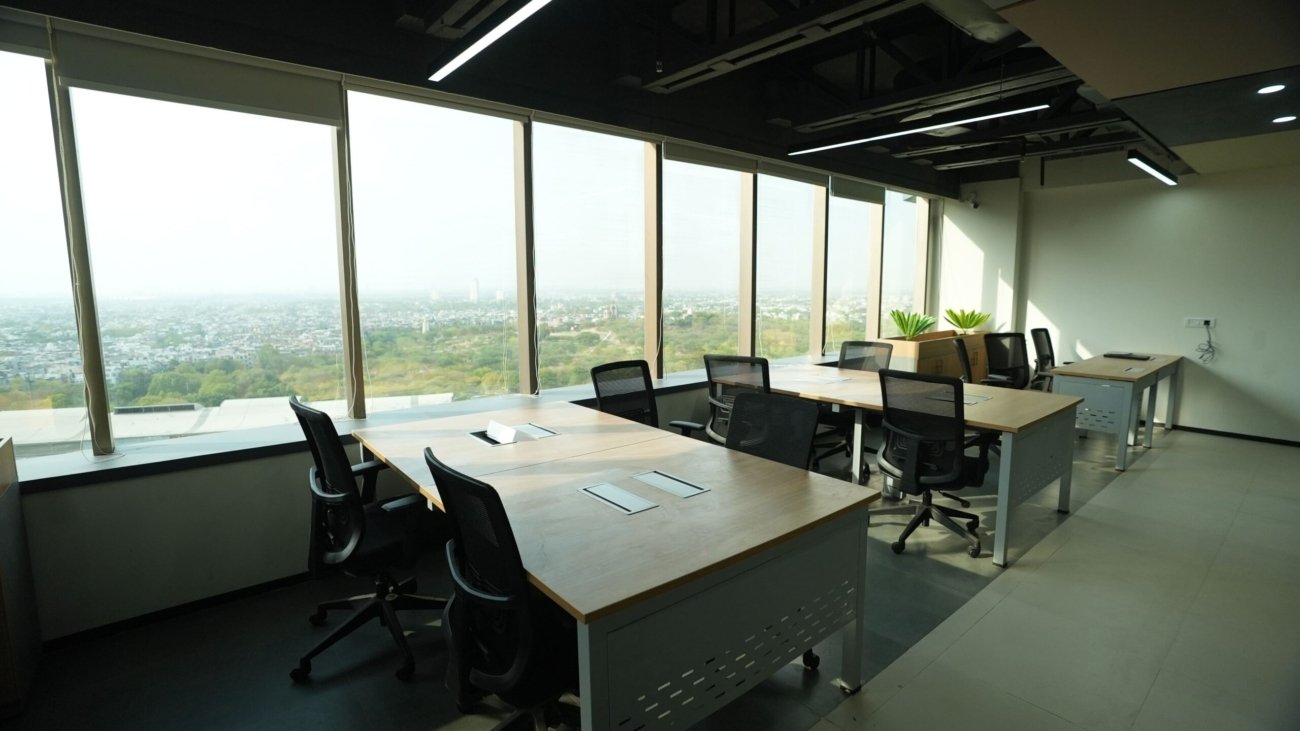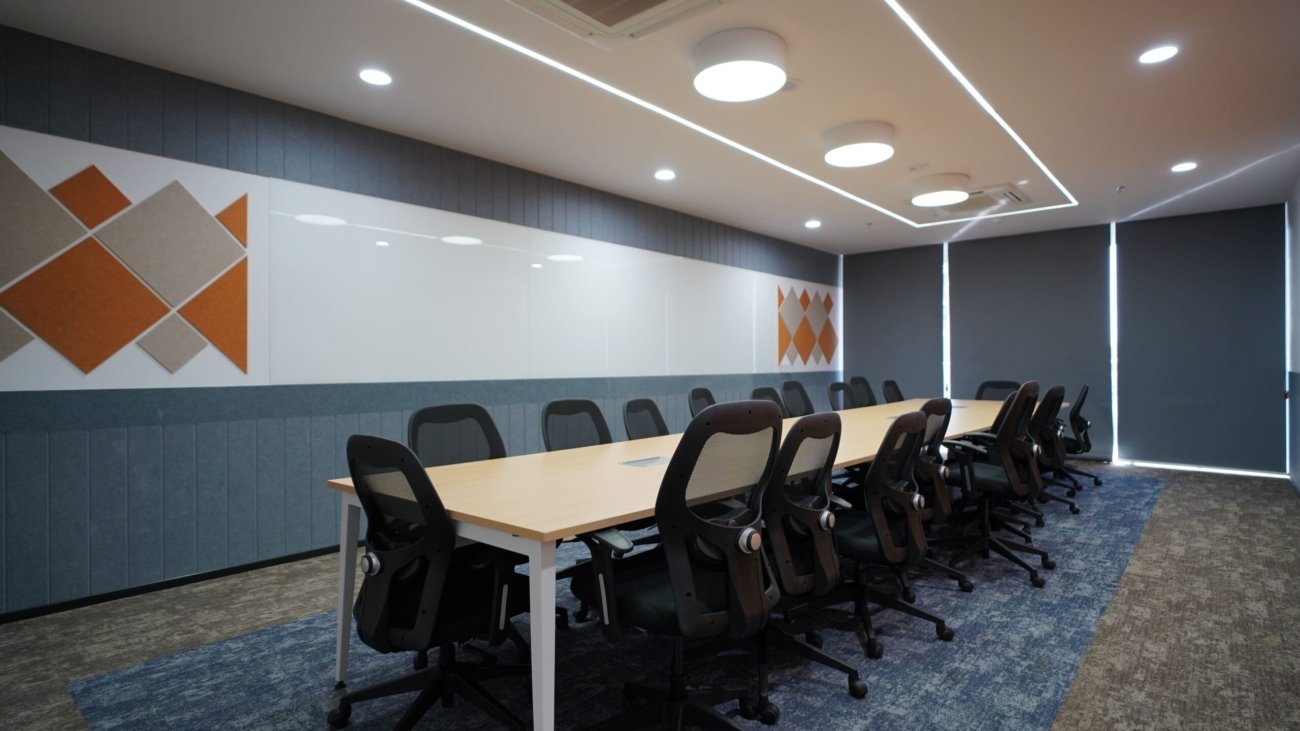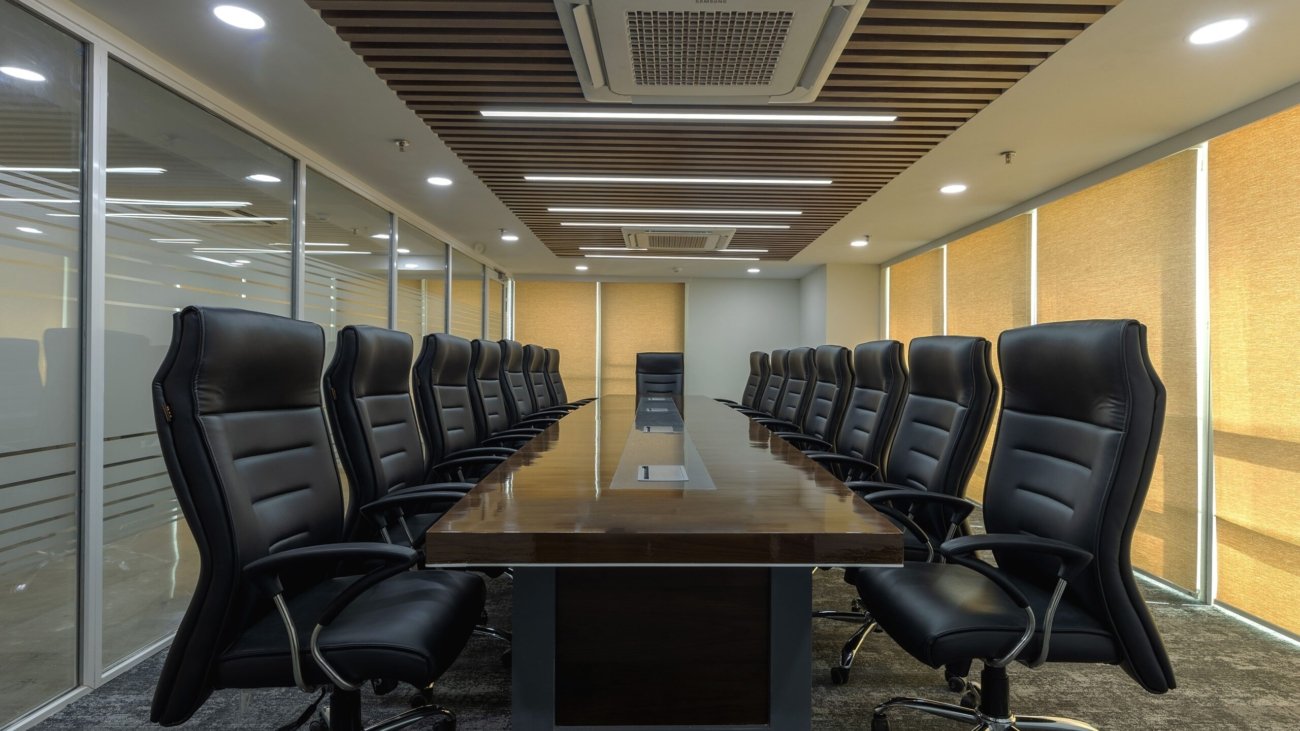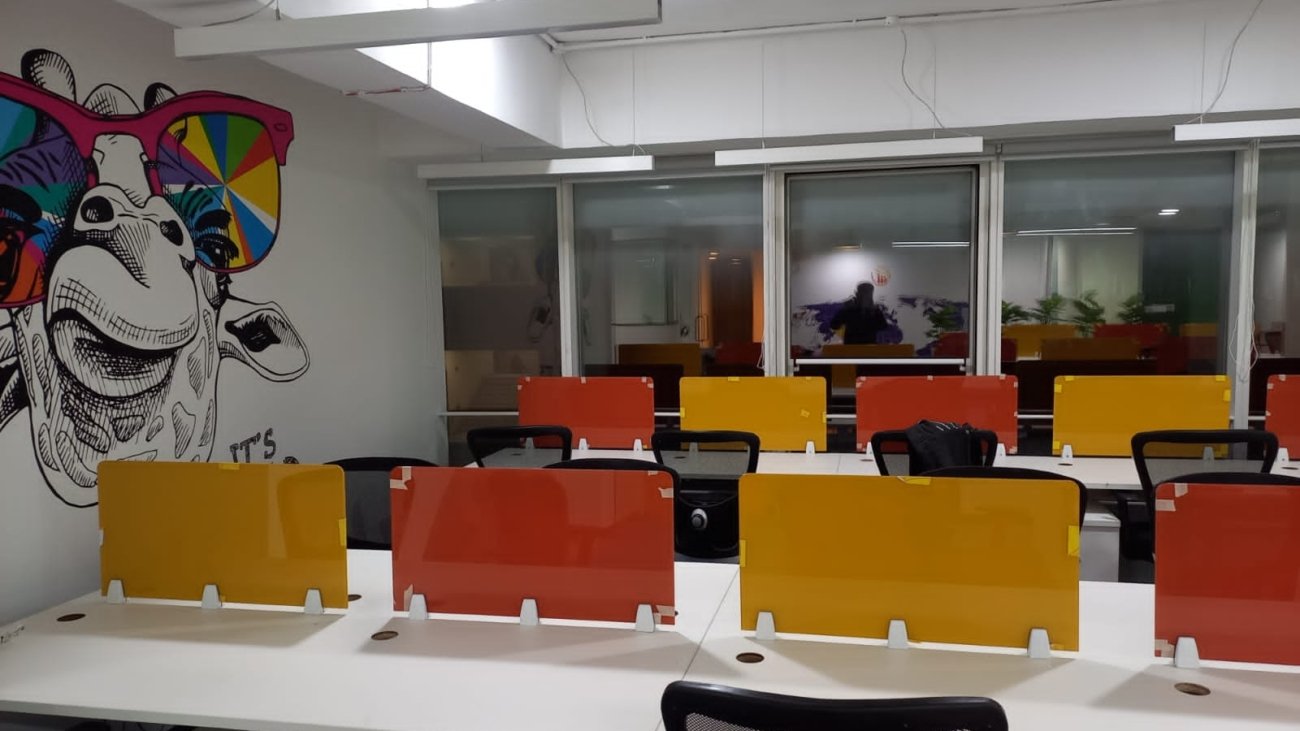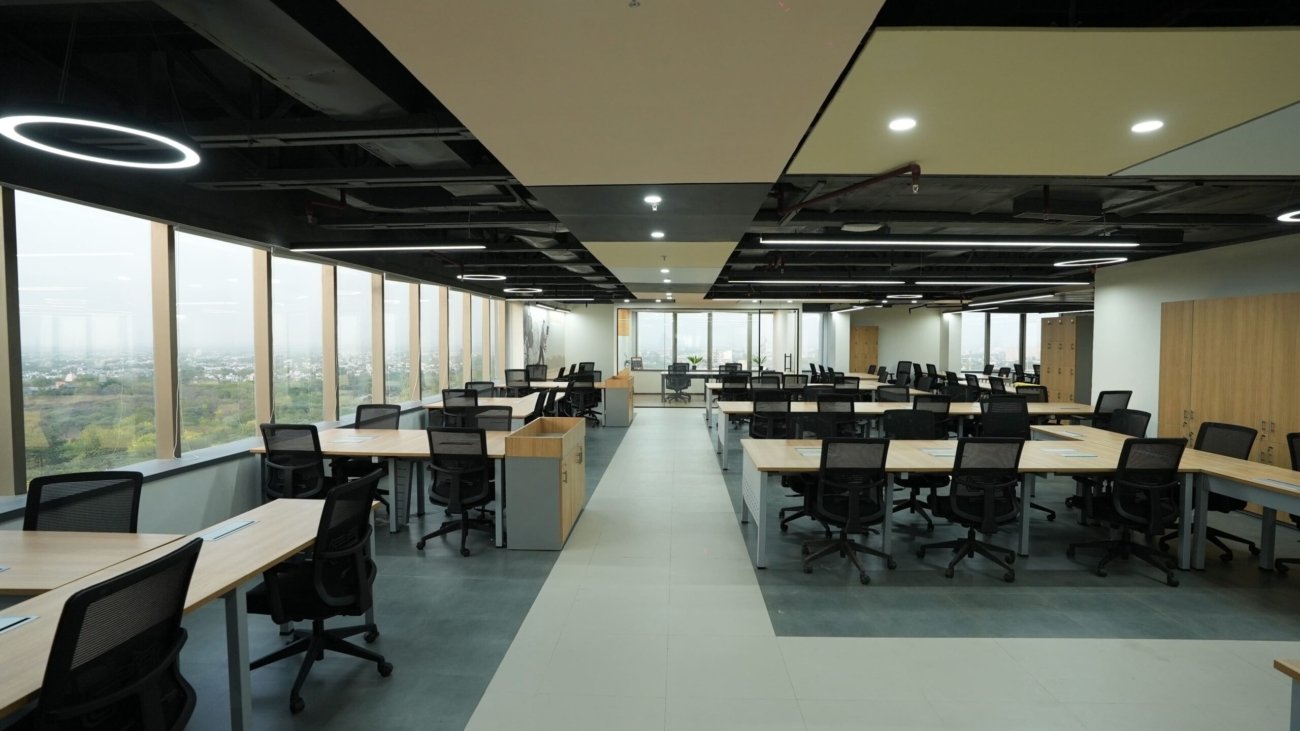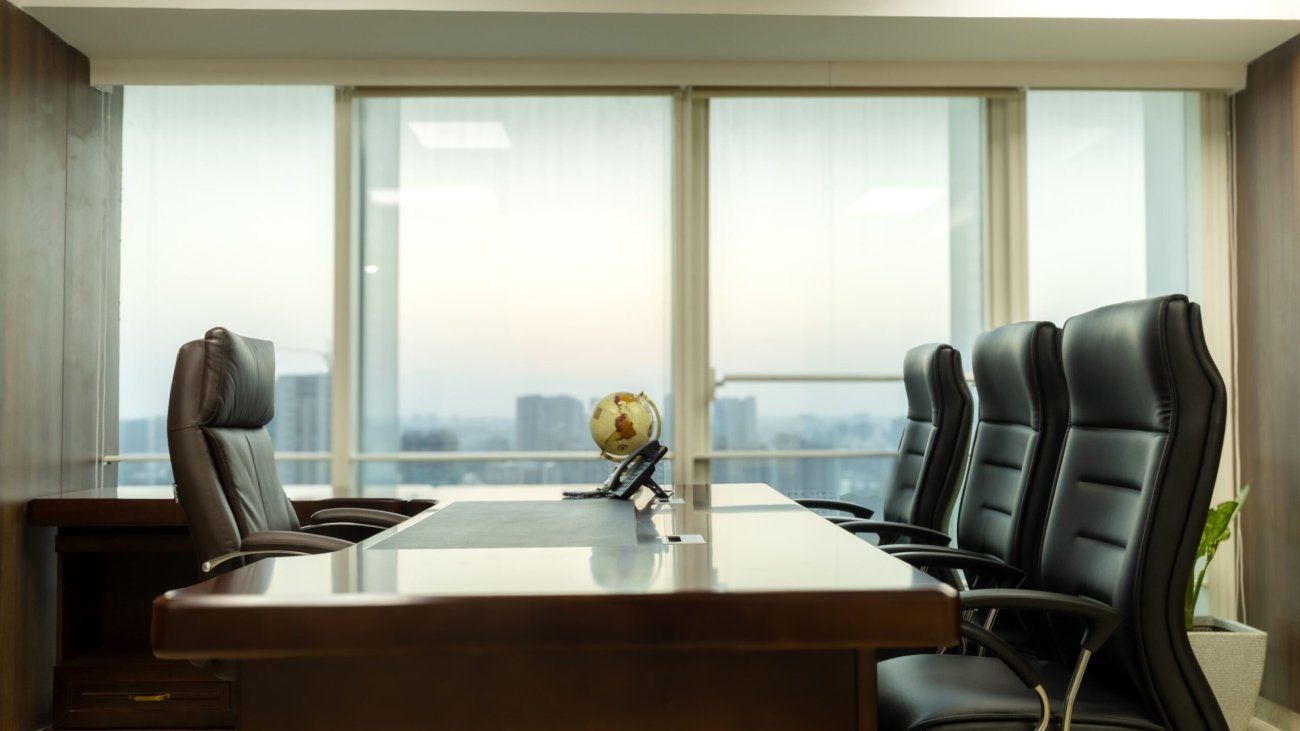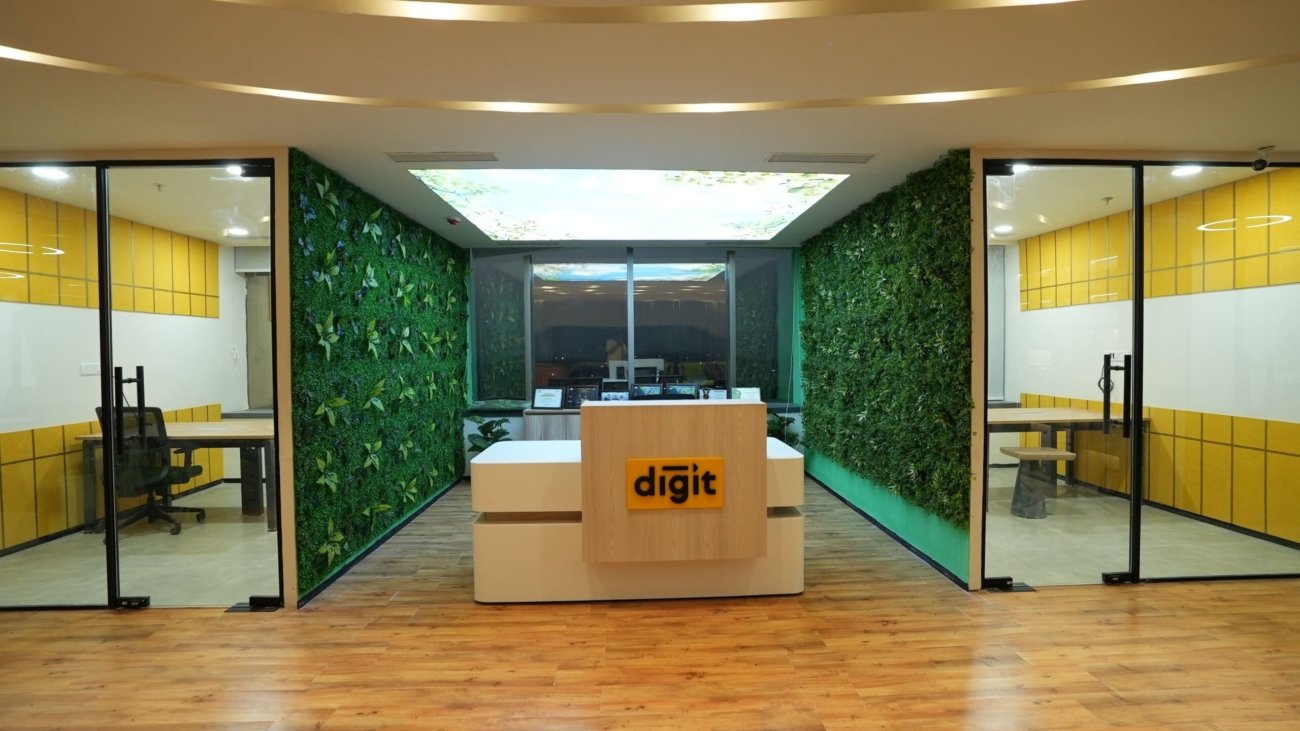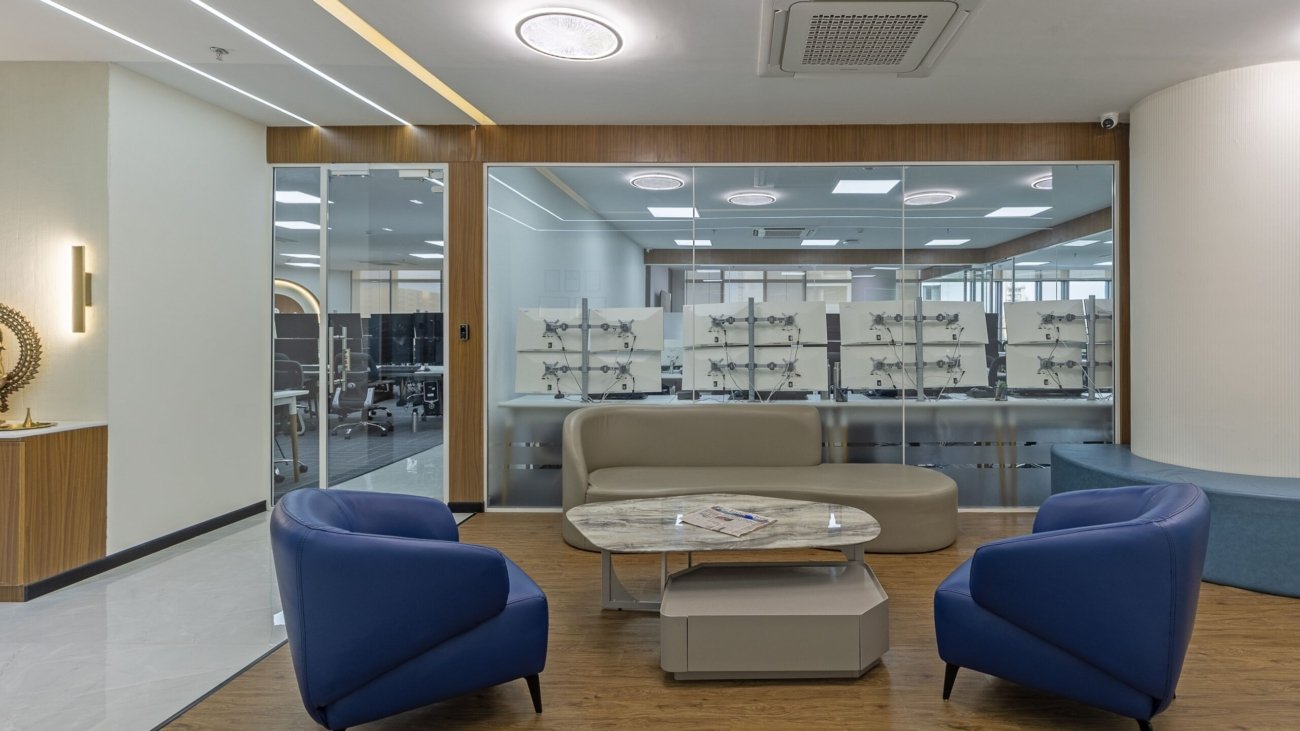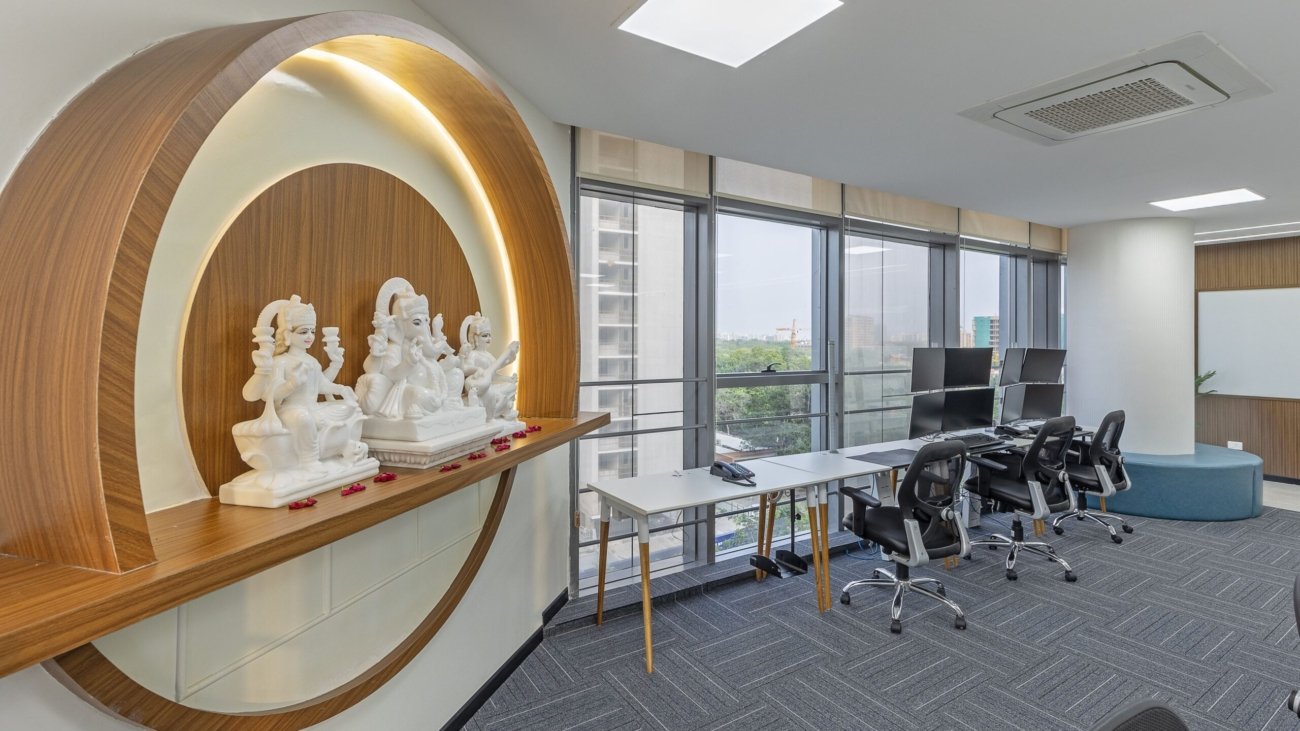Mumbai and Delhi—two dynamic cities, each a powerhouse of commerce, culture, and luxury living. When embarking on a major design project, whether it’s a sea-view penthouse in Bandra or a sprawling farmhouse in Vasant Kunj, the most critical decision is selecting the right creative partner. The landscape of top-tier design is rich, featuring numerous specialized interior design firms Mumbai and exceptional interior design firms Delhi.
But how do you navigate this landscape? The choice is not simply about style; it’s about finding a firm that understands the unique pulse, challenges, and aspirations of your city. At QuickFurnish, we have dedicated teams in both metropolitan regions, giving us a unique perspective on the localized demands of India’s biggest design markets.
The Mumbai Mandate: Maximizing Space, Maximizing Views
Mumbai, the city that never sleeps, presents an inherent challenge: space is a luxury. The best interior design firms Mumbai are masters of optimization, transforming compact footprints into expansive, multi-functional homes.
Core Design Expertise in Mumbai
- Space Alchemy and Vertical Storage: Designers in Mumbai excel at creating smart spaces. This involves innovative vertical storage solutions, hidden partitions, multi-functional furniture, and maximizing the use of light to make even a small 2BHK feel vast and open.
- Climate and Durability: The coastal climate—humidity, heat, and sea salt—demands specific material expertise. Leading interior design firms Mumbai prioritize durable, moisture-resistant materials like high-grade laminates, marine-plywood, and specific metal alloys to ensure the longevity of the interiors against the elements.
- Vastu Shastra Integration: While modern design prevails, Vastu remains a significant consideration for many Mumbai clients. Reputable firms must seamlessly blend contemporary aesthetics with Vastu principles without compromising the functional layout.
- The Luxury of Views: For high-rise projects, the design often revolves around framing the spectacular city or sea views. The best firms use minimal window treatments and strategic layouts to turn the exterior landscape into the room’s primary piece of art.
The Delhi Design Ethos: Grandeur, Heritage, and Scale
In contrast, the National Capital Region (NCR), anchored by the expertise of interior design firms Delhi, often deals with projects of much larger scale, ranging from expansive bungalows and farmhouses to sprawling commercial complexes.
Core Design Expertise in Delhi
- The Art of Grandeur and Volume: Delhi design frequently embraces a sense of scale and opulence. Designs are often characterized by high ceilings, sweeping staircases, large-format marble flooring, and extensive use of intricate woodworking and carving that pays homage to the city’s rich Mughal and colonial heritage.
- Outdoor-Indoor Connection: Unlike Mumbai’s often vertical living, Delhi projects often allow for greater integration of outdoor spaces. The top interior design firms Delhi expertly connect indoor living areas with landscaped gardens, patios, and terrace decks, utilizing large glass doors and flowing layouts.
- Climate Adaptability (Extreme Seasons): Delhi’s extreme climate—scorching summers and chilling winters—requires different technical solutions. Designers focus on superior insulation, strategic ventilation systems, and specialized window glazing to ensure energy efficiency and comfort year-round.
- Bespoke Furniture and Craftsmanship: With access to a large network of artisans in the NCR, Delhi firms often specialize in truly bespoke furniture and finishes. This commitment to custom craft ensures every piece is a unique statement tailored to the client’s ultra-luxury specifications.
QuickFurnish: The Advantage of Unified Expertise in Both Cities
Choosing between the focused expertise of interior design firms Mumbai or the grandeur mastered by interior design firms Delhi can be tough. QuickFurnish eliminates this dilemma by bringing a unified standard of excellence to both regions, customized for local context.
Our commitment to a Design-and-Build model means you get:
- A Single Point of Accountability: We manage the entire process—from initial sketch and budgeting to construction, material sourcing, and final clean-up. No need to coordinate separate designers, contractors, and vendors.
- Predictable Budgets: We offer transparent, all-inclusive pricing, preventing the notorious cost overruns common in complex metro projects.
- Localized Material Intelligence: Our regional teams ensure the right materials are sourced for the right climate, whether it’s humidity-proof cabinetry in Mumbai or temperature-regulating stone in Delhi.
- Consistent Quality: The QuickFurnish methodology guarantees the highest standards of craftsmanship, irrespective of location, ensuring a luxury finish that endures.
How to Choose the Right Firm in Mumbai or Delhi
Whether you are seeking specialized expertise in Mumbai’s compact luxury or Delhi’s expansive elegance, asking the right questions is crucial.
| Feature | Interior Design Firms Mumbai Priority | Interior Design Firms Delhi Priority | QuickFurnish Solution |
| Project Scale | Space optimization, functional flow, light management. | Architectural volume, luxury materials, large outdoor integration. | Dual-city expertise in both small-scale complexity and large-scale grandeur. |
| Logistics | Handling restricted site access, dealing with society regulations. | Managing sprawling site logistics, sourcing specialized stone/wood. | Dedicated, local project managers familiar with regional bylaws. |
| Aesthetic | Contemporary, sleek, high-tech, space-saving. | Classic opulence, heritage fusion, bespoke artisanal features. | Versatile design teams tailored to your chosen aesthetic, executed flawlessly. |
| Material | Moisture-resistant, high-durability, anti-termite treatment. | Thermal efficiency, natural stone, high-end veneer, premium insulation. | Proven sourcing networks for climate-appropriate, guaranteed quality materials. |
By choosing a firm with an established presence and proven track record in your city, you are investing in local knowledge that can prevent costly errors and time delays. QuickFurnish offers that decisive local edge with a pan-Indian reputation for quality.
Conclusion: Your Design Journey Starts Here
In the competitive worlds of Mumbai and Delhi, your home is your ultimate sanctuary and status symbol. Whether your dream space is characterized by the chic, optimized living of Mumbai or the grand, stately presence of Delhi, the foundation of its success lies in your choice of design partner.
Don’t settle for a firm that merely follows a template. Choose QuickFurnish, one of the top interior design firms Mumbai and interior design firms Delhi, to partner with an expert team that understands the local narrative and the global standards of luxury.
❓ Q&A: Navigating Interior Design in Major Metros
Q1: Do interior design costs vary significantly between Mumbai and Delhi?
A: Yes, they can. While material costs for pan-India brands are similar, costs related to labour, logistics, and site overheads are often higher in Mumbai due to density, transport, and higher regulatory compliance, which can sometimes push project budgets slightly higher compared to similar-scale projects in Delhi.
Q2: How does QuickFurnish handle unique logistical challenges in cities like Mumbai (e.g., lift sizes, narrow roads)?
A: As a leading interior design firms Mumbai, our team conducts rigorous pre-planning. We execute detailed site surveys to measure all access points. Custom furniture is often designed to be manufactured in modular pieces and assembled on-site to overcome size restrictions, ensuring smooth installation even in high-rises.
Q3: Is it possible to mix the design styles common in both cities (e.g., Delhi grandeur in a Mumbai apartment)?
A: Absolutely. Our expertise allows for aesthetic fusion, a major current trend. We can incorporate Delhi’s preference for rich, handcrafted detailing or classical motifs into a modern, space-efficient Mumbai apartment, creating a unique, personalized luxury that breaks geographical boundaries.
Q4: What should be my first step after shortlisting QuickFurnish among other interior design firms Delhi/Mumbai?
A: Your first step should be to book an initial consultation and site visit. This allows our designer to assess the unique spatial and environmental conditions of your property and helps us provide you with a precise, fixed cost estimate tailored specifically to your design vision and local requirements.

